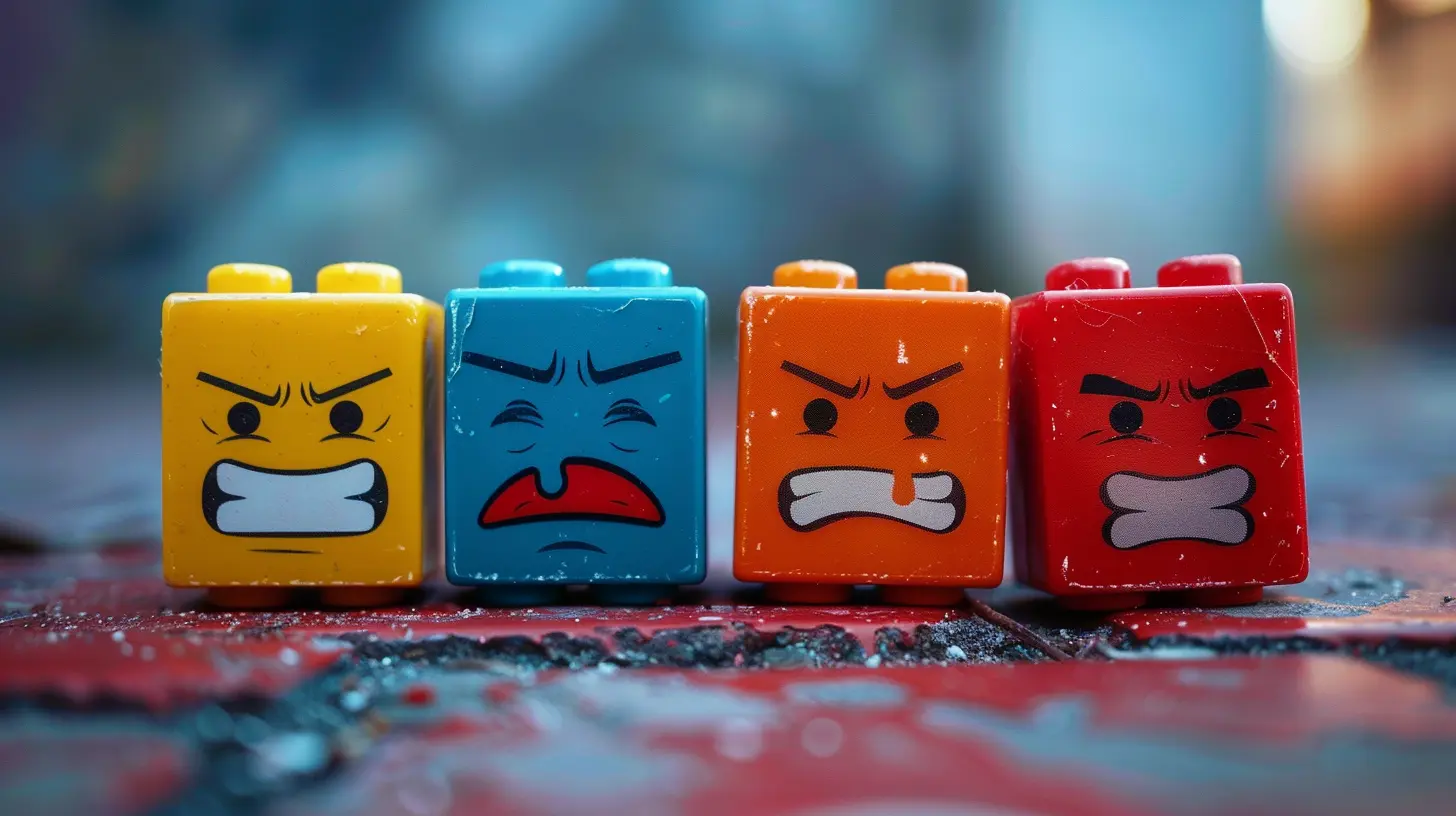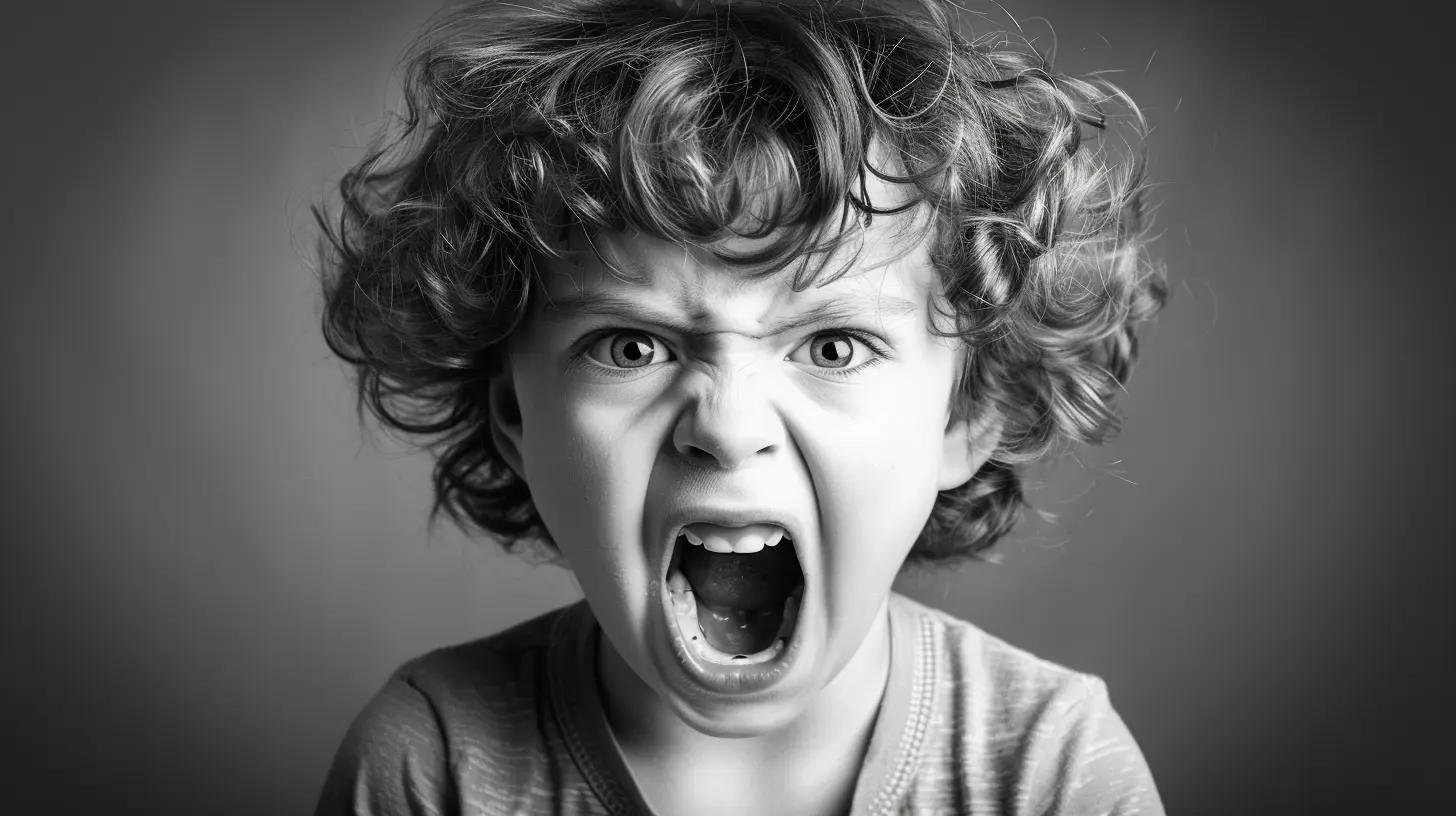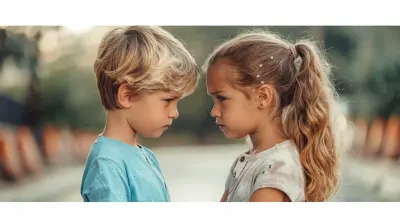Encouraging Emotional Expression Through Play
30 September 2025
If you’re a parent, you already know that kids don’t always come right out and say how they’re feeling. Instead, their emotions often bubble up through tantrums, giggles, drawings, or even total silence. It's like they’ve got this whole secret language—and one of the best ways to unlock it? Through play.
Yep, play isn't just about toys and giggles. It's also one of the most powerful, natural ways for children to process their emotions and learn how to express what’s going on inside. Let’s dive into how play can become your child’s emotional toolbox—and how you can support and encourage that at home.
Why Emotional Expression Matters (A Lot)
First things first—why is emotional expression such a big deal? Picture this: your child is feeling overwhelmed, maybe because of a tough day at preschool or they’re struggling with a new sibling in the house. If they can’t express those emotions, they might start acting out, withdrawing, or even developing anxiety over time.Emotional expression helps kids:
- Understand what they're feeling
- Communicate those feelings clearly
- Build empathy for others
- Cope with stress and difficult situations
- Develop healthy relationships
And the best part? They don’t need a therapist’s couch for this—they can work on these skills right on the living room floor with a box of LEGOs or a dress-up costume.
The Magic of Play: It’s More Than Just Fun
Let’s be real—play is the universal language of childhood. It’s how kids explore the world, test boundaries, and figure out where they fit in. But emotionally, play serves an even bigger purpose.Here's how play boosts emotional growth:
- Safe self-expression: Kids can act out real-life situations (like going to the doctor or starting school) in a way that feels safe and manageable.- Rehearsing life: Through pretend play, children try on different roles and experience various emotional outcomes.
- Storytelling through toys: Dolls, action figures, and stuffed animals can become proxies for real life drama. Watch a child play and you might see them ‘work out’ something they haven’t been able to talk about otherwise.
It’s like therapy disguised as fun. And the beauty is—they don’t even know they’re doing something so emotionally important.
Types of Play That Encourage Emotional Expression
Not all play is created equal when it comes to emotional development. Some types of play are especially good at opening up those channels of expression.1. Pretend Play (a.k.a. Dress-Up, Role Play, and Make-Believe)
Ever catch your kid bossing around their teddy bear or sending their action figures to “time-out”? That's emotional gold. Pretend play allows children to explore different feelings, roles, and scenarios. They might pretend to be a doctor, a superhero, or a parent—it's all part of processing the world around them.👉 Tip: Join them. Let them assign you a role. Becoming Mr. Dragon or Nurse Sparkle can give you insights into what they’re working through emotionally.
2. Artistic Play
Crayons, paints, clay—anything that turns emotions into visuals is a win. Art can be incredibly therapeutic for kids. They might not know the words for “anxious” or “frustrated,” but they can draw a big storm cloud or scribble furiously.👉 Tip: Don’t ask “What is it?” Instead, try “Tell me about your picture.” It encourages them to open up emotionally about their creation.
3. Physical Play
Running, jumping, climbing—these aren’t just energy burners. They help kids regulate emotions too. If your child is angry or overly energetic, physical movement helps them release built-up emotions.👉 Tip: Turn obstacle courses or games like tag into emotional moments by pausing to check in: “How’s your body feeling right now?”
4. Sensory Play
Playdough, water tables, kinetic sand... all these sensory activities can have a calming effect and help children focus enough to process their feelings. It’s a gentle way to encourage emotional expression without any pressure to talk.👉 Tip: While they’re digging or pouring, ask questions like, “What kind of day are you having?” Let their hands stay busy while their hearts open up.
How to Encourage Emotional Expression Through Play (Without Making It Weird)
You don’t have to schedule anything formal or make it a “teachable moment” every time. The goal is to create an open, playful environment where feelings are welcome.Be Present (Seriously, Just Show Up)
Kids don’t always say “I want to talk about my feelings,” but they do say “Wanna play with me?” That’s your golden ticket. When you join their world, even for five minutes, you’re telling them: I’m here. I care. You can show me your whole emotional self, and I’ll still love you.Let Them Lead
This one’s tough. As adults, we love to organize, predict, and control. But when it comes to play, follow your child’s lead. Let them pick the activity, the storyline, the characters. You might be surprised by what comes up when they're in charge.Name Emotions in the Moment
If you see your child getting frustrated with a puzzle or scared during pretend play, gently point it out.Try saying:
- “I noticed you looked frustrated when that didn’t fit—was that how you felt?”
- “Your bear seems scared to go to school. Is that something you’ve felt before?”
You’re helping them build an emotional vocabulary without lecturing them.
Use Play to Revisit Tough Moments
If your child had a meltdown at the grocery store or had a rough goodbye at preschool, bring it into play later on.You might say: “Let’s play store! I’ll be the shopper and you be the cashier. What happens when someone gets upset at the checkout?”
You’re giving them a safe way to replay and process a situation they might not have understood in the moment.
When Play Gets Real: Recognizing Emotional Themes
Pay attention to repeated themes in your child’s play. Are they always pretending someone gets lost? Do they repeatedly ‘rescue’ a toy from danger? These can be clues to what they’re feeling deep down.Often, kids won’t say “I feel out of control” but they will put their toy train on a runaway journey off the tracks—again and again. That’s your cue to gently dig deeper through conversation or more play.
Common Emotions and How They Show Up in Play
Here’s a cheat sheet to help you decode some emotional messages you might see in your child’s play:| Emotion | How It Shows Up in Play |
|----------------|----------------------------------------------------------|
| Anger | Destructive play (knocking things down, roaring sounds) |
| Fear | Monsters, hiding, escaping scenarios |
| Sadness | Solitary play, quiet characters, missing toys |
| Joy | Singing, dancing, social role play |
| Jealousy | Rivalries in pretend stories, competition themes |
| Confusion | Repetitive stories, unclear role changes |
Use these clues to spark gentle conversations or simply keep an eye on emotional patterns.
Getting Older Doesn't Mean Play Should Stop
Even as kids grow up, play continues to be a powerful tool for emotional expression. For tweens and teens, play might look more like:- Story writing
- Video games (yes, even those!)
- Drama and theater
- Art journaling
- Music
Encouraging creative outlets at every stage of development keeps the emotional pathways open.
Final Thoughts: There’s Power in Play
As parents, we often feel pressure to talk everything out with our kids. But sometimes, words aren’t enough—especially for little ones still learning the language of feelings. That’s where play steps in.Play lets your child be the director, actor, and audience of their own emotional journey. It gives them power in a world that often feels big and unpredictable. And when you play with them, you’re not just spending quality time—you’re saying: “I see you, feel with you, and I’m here for all of it.”
So the next time your child says, “Wanna play?”—take it as an invitation not just to fun, but to healing, connection, and emotional growth.
all images in this post were generated using AI tools
Category:
Emotional IntelligenceAuthor:

Zelda Gill
Discussion
rate this article
1 comments
Tiffany Bellamy
Play fosters joy and emotional growth!
October 12, 2025 at 2:50 PM

Zelda Gill
Absolutely! Play is a powerful tool for joy and emotional development, allowing us to express and explore our feelings in a safe and creative way.


